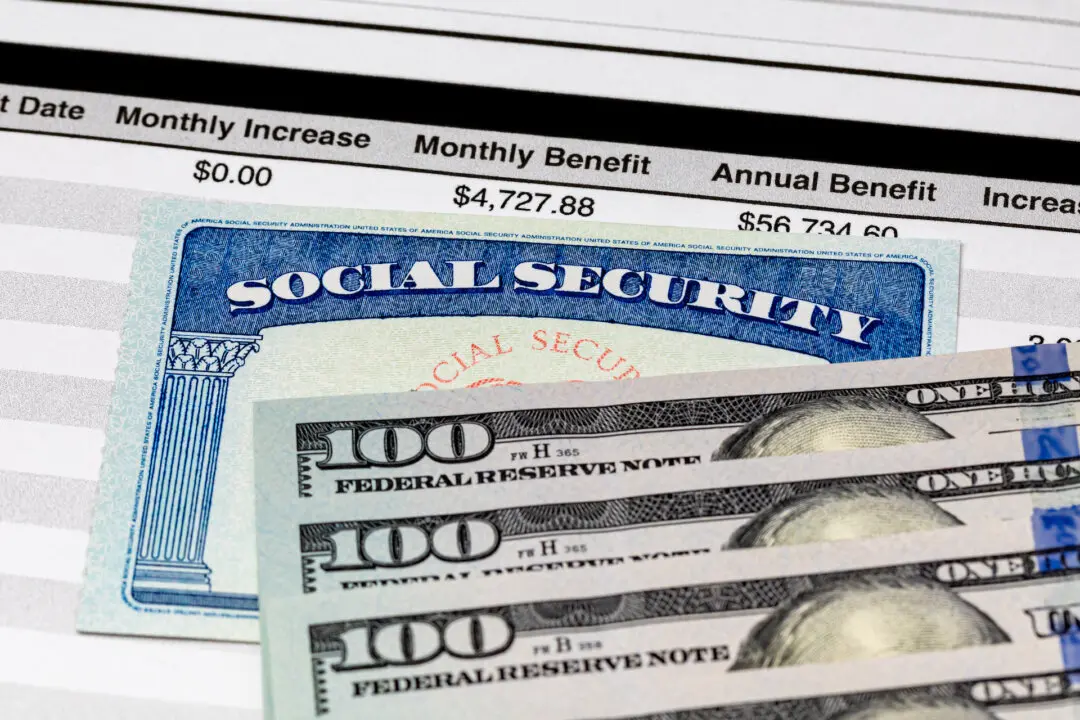I write a column similar to this one every January. But I don’t mind plagiarizing myself, because it contains a very important message for people planning to retire in 2022.
January is a critical month for the hundreds of thousands of potential Social Security beneficiaries who are reaching 66 and 4 months, their so-called full retirement age (FRA), in 2022. The important message: All of them should at least consider the possibility of filing for their benefits this month, even though they may not be reaching their retirement age until later in the year.





